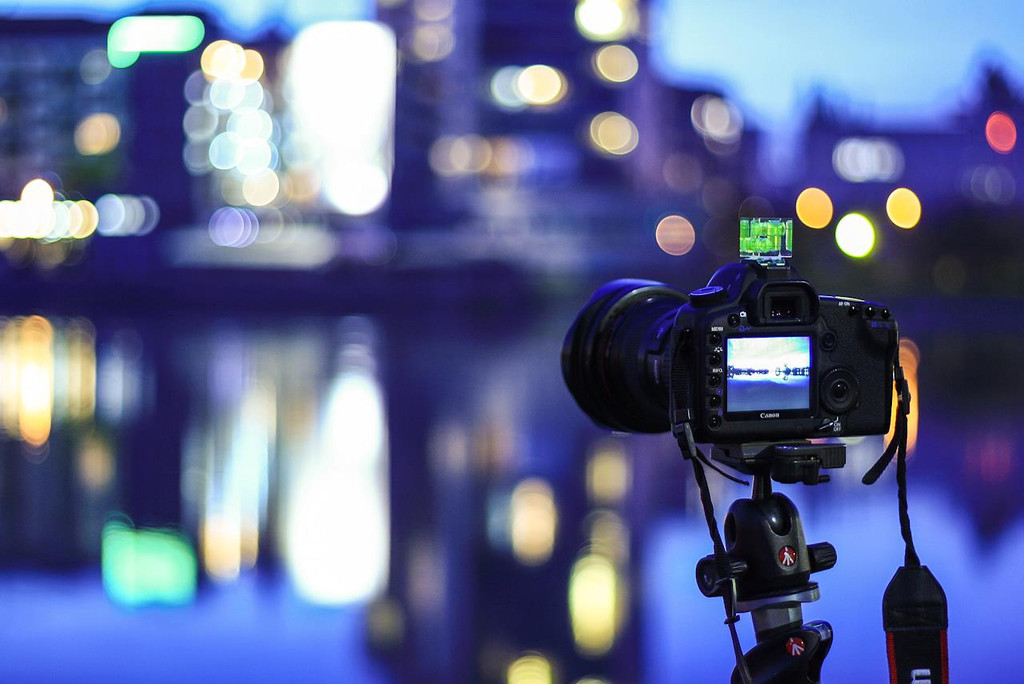I really like using Magic lantern. I makes taking HDR series so much easier. And to show you more of it, today I will go through the HDR bracketing settings that it has, and what every setting does. You will find all these settings under HDR Bracketing in the Shoot menu.
Frames
The first setting determines the number of frames Magic lantern takes. You can go from 2 up to 9 frames. There is also a Autodetect option, you may use if you want more, or are just not sure how many you need. To use Autodetect, you have to turn it on, and than take one shot. Magic lantern will look at that photo, determine how much of it is underexposed and how much is overexposed (it will show you this information as % of the total photo). Then it will taken another photo, base on the EV increment setting, and another, until it has one with the underexposed areas and one with overexposed with 0%
There are two things to take into account when using Autodetect. First is that this process is slower than just using a predefined number of exposures, as the software has to check the photo after it was taken. Secondly, Autodetect takes into account the sequence order, so it will only take additional photos in the order of the sequence.
EV increment
This is a simple one. It determines whats the to the previous photo in the series. 1EV is double the exposure. If you want to capture a bigger dynamic range, that is possible with the 9 brackets Magic lantern allows, you can simply use a bigger EV increment.
Sequence
Choosing your sequence, will determine how you set up the first shot in your series. You can start with the darkest (sequence 0 + ++), the middle exposure (0 – + — ++) or from the brightest (0 – –). Your settings will always be used as the 0 exposure in the sequence. Same for Autodetect, if you for instance use the sequence 0 + ++, it will Autodetect only towards brighter exposures, as it presumes you set up for the darkest one. I personally like the 0 + ++ sequence, and I just set up my first shot to be underexposed by 2 or 3 stops, based on how many exposures I want to take.
2-second delay
This is same as the normal 2 second delay you have in the camera. It nice to have this setting also here, very handy to turn it one when turning on HDR bracketing, if you don’t use a remote and don’t want to shake your camera.
ISO shifting
What ISO shifting does, is to change the iso instead of using a long exposures. This may help if you are taking the series handheld, as the resulting photos will be with faster exposures, but a little noisier. This is exactly the same as setting up Auto-ISO while using the in camera Auto Exposure Bracketing. You can also choose here, if you want full or half ISO shifting. This will influence how much is applied.
Post scripts
I don’t use this one at all. Post scripts determines if a script file should be created for the series, which you can use in a problam called Enfuse. This is a similar problam to Photomatix or Photoengine, with a little different results.
So this is all for the HDR Bracketing settings. Next time I will go over Long exposure and Intervalometer settings.


























